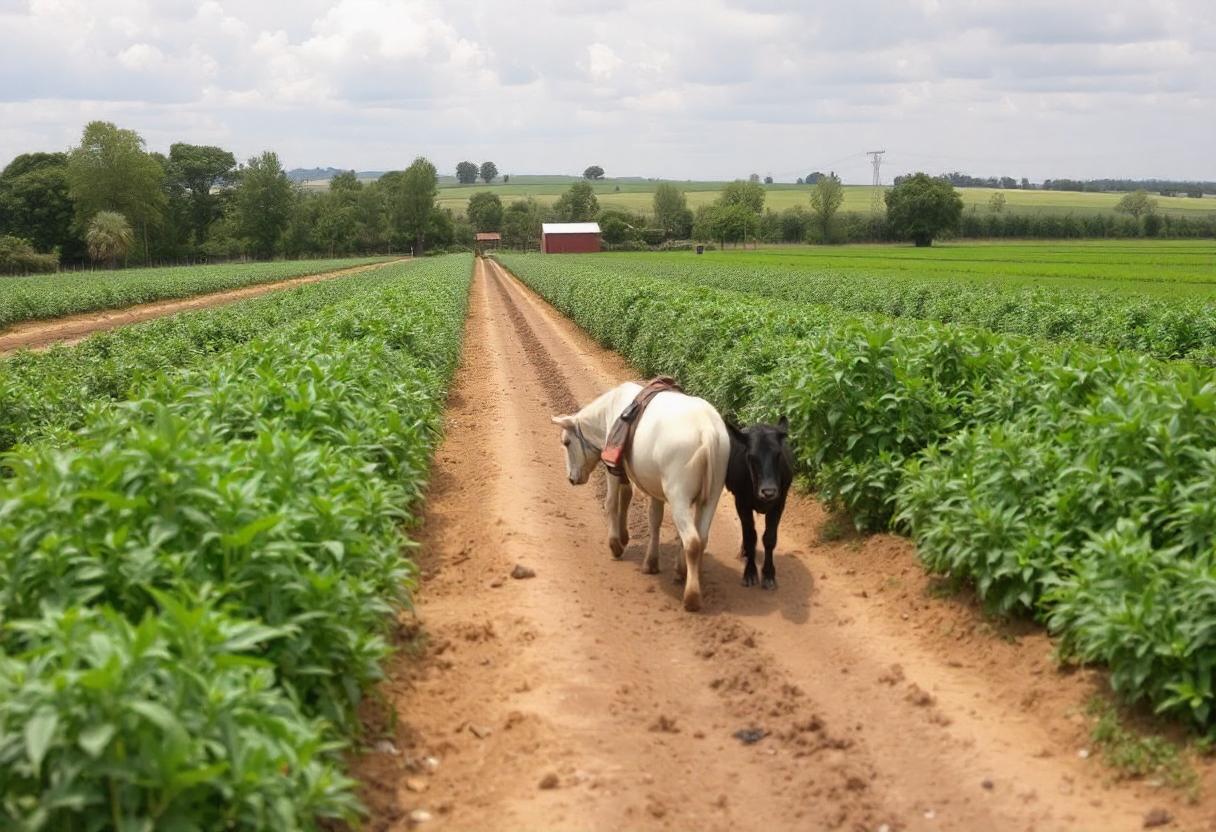
Agriculture zones are specific regions classified based on environmental factors that influence the types of crops that can be grown and the agricultural methods that are most effective. These zones are essential for understanding the geographical distribution of agricultural activity and optimizing farming practices to suit local conditions.
Defining Agriculture Zones
Agriculture zones, also known as farming or agro-climatic zones, are areas characterized by distinct climatic, soil, and topographic features that determine the type of vegetation and crops that thrive there. These zones are used by farmers, agronomists, and researchers to plan and develop agricultural strategies that maximize production, resource efficiency, and sustainability.
Key Factors in Defining Agriculture Zones
- Climate: The climate of a region, including temperature, precipitation patterns, and season length, plays a central role in determining its agricultural zone. Crops are highly sensitive to climate conditions, with certain crops thriving in warm, humid environments while others are better suited to cooler, drier regions. Agriculture zones help define which crops are most compatible with the local climate.
- Soil Characteristics: Soil type is another crucial factor in the classification of agriculture zones. Different soils, such as clay, loam, sandy, or silt, have varying capacities to hold water, nutrients, and organic matter. The composition and health of soil in an area directly affect plant growth, making soil a primary determinant in zone classification.
- Topography: The shape and features of the land, such as elevation and slope, also influence agriculture zones. Higher altitudes tend to have cooler temperatures and shorter growing seasons, while flatter, lower areas might be more suitable for mechanized farming and large-scale crop production.
Purpose of Agriculture Zones
- Guiding Crop Selection: Agriculture zones help farmers choose crops that are best suited to their local environment. For example, tropical regions are suitable for crops like sugarcane and rice, while temperate zones support grains like wheat and barley. By selecting the right crops, farmers can optimize yields and reduce the risk of crop failure due to unsuitable environmental conditions.
- Promoting Sustainability: Understanding the natural limitations and advantages of an agriculture zone encourages sustainable farming practices. Farmers can adjust water usage, fertilization, and pest management strategies based on the unique characteristics of their zone, ensuring long-term soil fertility and reducing environmental degradation.
- Adapting to Climate Change: As global climates change, agriculture zones may shift or experience new pressures. By understanding their current zone, farmers can prepare for potential changes, such as selecting more drought-tolerant crops or adopting water-saving irrigation techniques to cope with drier conditions.
Tools for Determining Agriculture Zones
Modern technology plays an important role in defining agriculture zones. Geographic Information Systems (GIS), satellite imagery, and climate data models allow for precise mapping of zones. These tools help in analyzing the variables that influence agriculture, providing valuable insights for farmers, policymakers, and researchers alike.
Impact of Agriculture Zones on Farming Practices
Agriculture zones enable farmers to make informed decisions about how to manage their land and resources. By aligning farming practices with the natural conditions of a zone, such as crop rotation, irrigation techniques, and soil management, farmers can increase their productivity while maintaining the health of their agricultural systems. Additionally, agriculture zones provide guidelines for agricultural extension services, aiding farmers with tailored advice and support.